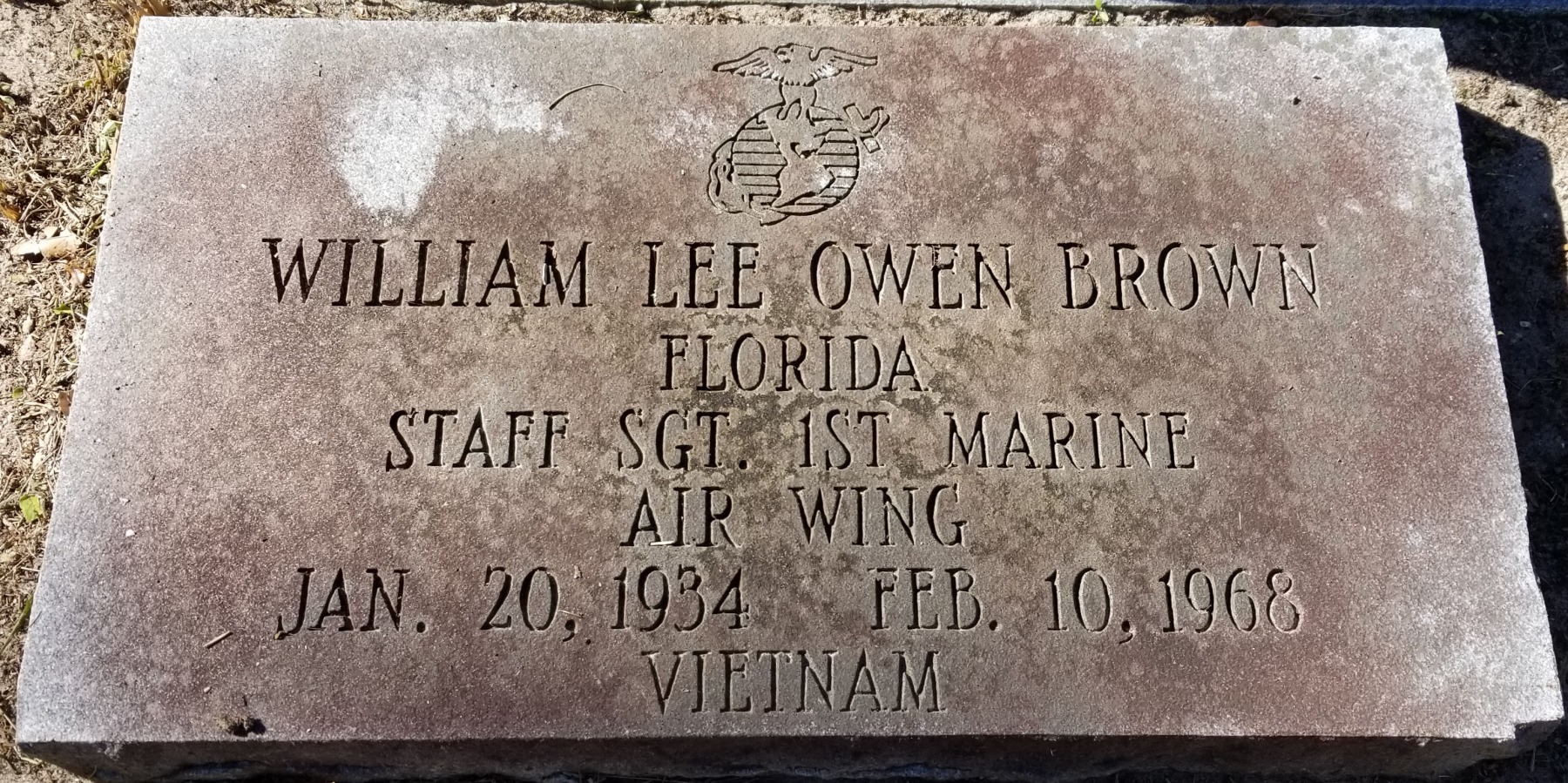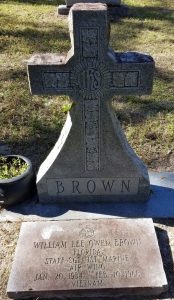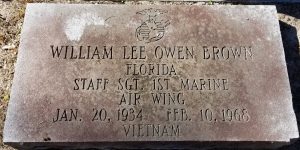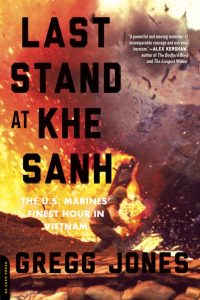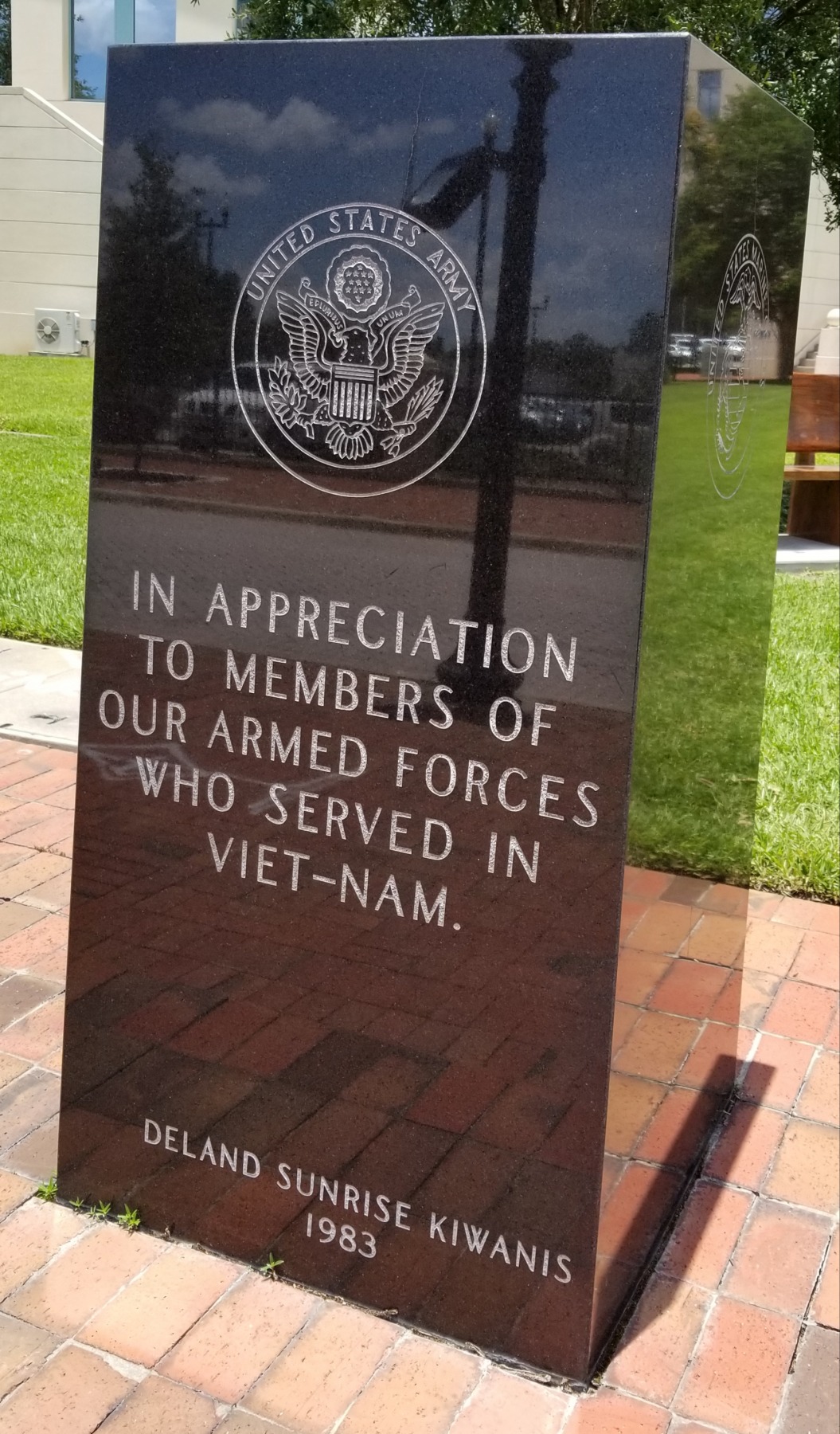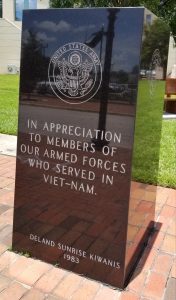Florida Medal of Honor Recipient Robert R. Ingram
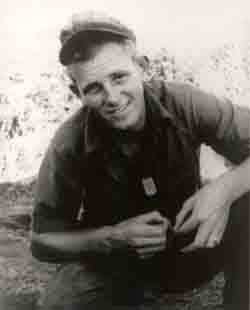
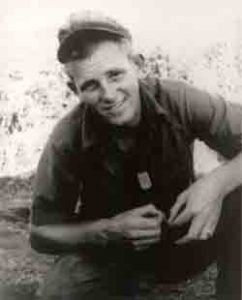
Robert R. Ingram
Navy
Hospital Corpsman Third Class Vietnam
Born January 20, 1945, in Clearwater, FL, Ingram joined the United States Navy at age eighteen. He received his training in California before being sent to Japan and then Vietnam as part of Company C, 1st Battalion, 7th Marines in July 1965.
In February 1966, Petty Officer Ingram and his company came under heavy fire. As Ingram sprinted toward the front to assist the wounded bullets punctured both of his canteens. Noticing a machine gunner had been injured, Ingram took up the post, manning the gun for the duration. For his bravery he received the Silver Star, the nation’s third highest military honor.
Just a month later, in the Quang Ngai Province, in South Vietnam, on March 28, 1966, Ingram’s platoon was attacked by more than one-hundred North Vietnamese soldiers who were pouring automatic rifle fire into the Americans.
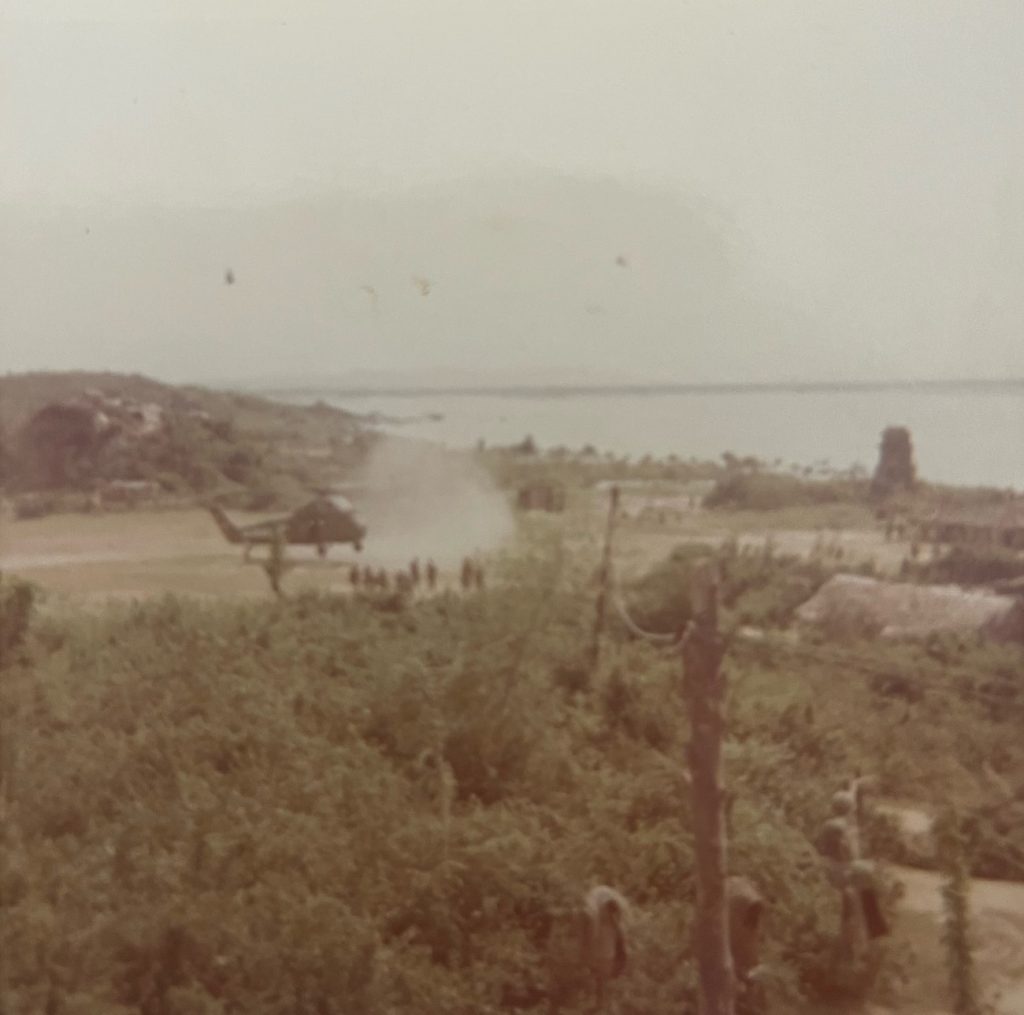
The incredible photo shown above was taken by Naval Corpsman Edward Donald Henson and provided to us by his son, Spenser Henson. It shows the helicopter that flew Ingram and other platoon members leaving for the Quang Ngai Province. Corpsman Henson was one of the men who gathered Ingram’s personal belongings to be returned to the states after the attack. Henson and others were led to believe that their Navy brothers had been killed in action. It was not until years later that Corpsman Henson learned Ingram had survived the attack.
Despite the barrage of fire, Ingram crawled along the ground to reach a wounded service member and supplied aid. Here he was shot through the hand. Ingram continued to aid wounded men, receiving two more gunshot wounds himself.
While dressing a severe head wound of a fellow soldier, Ingram would be shot for a fourth time. Physically weak, and severely wounded, young Ingram was pulled from the lines, only to refuse evacuation, as he felt others needed to go first.
Ingram’s vital signs weakened, and he was believed to have been killed in action. While eleven members of Company C were to die that day, Ingram survived. He and fifty-three others were wounded.
Other members of Company C were recognized for bravery that day, but for some unknown reason, the actions of Corpsman Ingram were not. His fellow soldiers did not forget him, however. Ingram was to survive the war and after a 1995 reunion, his fellow soldiers took up the fight to have his actions acknowledged.
On July 10, 1998, President Bill Clinton presented the Medal of Honor to Hospital Corpsman, Third Class, Robert R. Ingram.
The Vietnam War is extremely complicated and controversial to this day. One of the best sources for those interested in this war, containing articles written by those who served alongside recognized historians is VIETNAM MAGAZINE. A subscription is highly recommended.
For a full listing of Florida registered Medal of Honor recipients please see my listing HERE.
Ingram’s Medal of Honor citation can be read below.
For conspicuous gallantry and intrepidity at the risk of his life above and beyond the call of duty while serving as Corpsman with Company C, First Battalion, Seventh Marines against elements of a North Vietnam Aggressor (NVA) battalion in Quang Ngai Province Republic of Vietnam on 28 March 1966. Petty Officer Ingram accompanied the point platoon as it aggressively dispatched an outpost of an NVA battalion. The momentum of the attack rolled off a ridge line down a tree covered slope to a small paddy and a village beyond. Suddenly, the village tree line exploded with an intense hail of automatic rifle fire from approximately 100 North Vietnamese regulars. In mere moments, the platoon ranks were decimated. Oblivious to the danger, Petty Officer Ingram crawled across the bullet spattered terrain to reach a downed Marine. As he administered aid, a bullet went through the palm of his hand. Calls for “CORPSMAN” echoed across the ridge. Bleeding, he edged across the fire swept landscape, collecting ammunition from the dead and administering aid to the wounded. Receiving two more wounds before realizing the third wound was life-threatening, he looked for a way off the face of the ridge, but again he heard the call for corpsman and again, he resolutely answered. Though severely wounded three times, he rendered aid to those incapable until he finally reached the right flank of the platoon. While dressing the head wound of another corpsman, he sustained his fourth bullet wound. From sixteen hundred hours until just prior to sunset, Petty Officer Ingram pushed, pulled, cajoled, and doctored his Marines. Enduring the pain from his many wounds and disregarding the probability of his demise, Petty Officer Ingram’s intrepid actions saved many lives that day. By his indomitable fighting spirit, daring initiative, and unfaltering dedications to duty, Petty Officer Ingram reflected great credit upon himself and upheld the highest traditions of the United States Naval Service.
To learn more about the Medal of Honor, I recommend Medal of Honor: Portraits of Valor Beyond the Call of Duty.
Eight veterans from the war in Afghanistan have been awarded our nation’s highest honor for valor in combat since the publication of the third edition of Medal of Honor, including Edward C. Byers, Jr., the newest living recipient and a member of Navy SEAL Team Six, and Clint Romesha, author of the New York Times bestselling Red Platoon. And nearly 50 years after their service, four Vietnam veterans have also since received the recognition they so richly deserve. Now these men rightly take their place in the pages of this revised and updated edition.
Included here are 156 Medal of Honor recipients, captured with a contemporary portrait by award-winning photographer Nick Del Calzo and profiled in moving text by National Book Award nominee Peter Collier. The men in the book fought in conflicts from World War II to Afghanistan, served in every branch of the armed services, and represent a cross section as diverse as America itself. This is their ultimate record.
The Congressional Medal of Honor Society website is also a recommended source.



